Top speed 257 km/h Length 13 m Unit cost 136,800–136,800 USD | Wingspan 18 m Introduced 1953 Engine type Turboprop | |
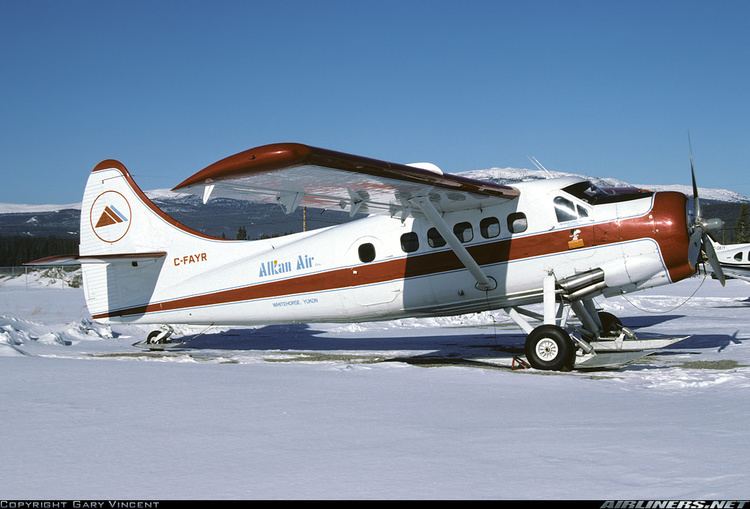 | ||
The de Havilland Canada DHC-3 Otter is a single-engined, high-wing, propeller-driven, short take-off and landing (STOL) aircraft developed by de Havilland Canada. It was conceived to be capable of performing the same roles as the earlier and highly successful Beaver, but is overall a larger aircraft.
Contents
- Design and development
- Operational use
- Modifications
- Variants
- Military operators
- Civil operators
- Accidents
- Specifications Landplane
- References
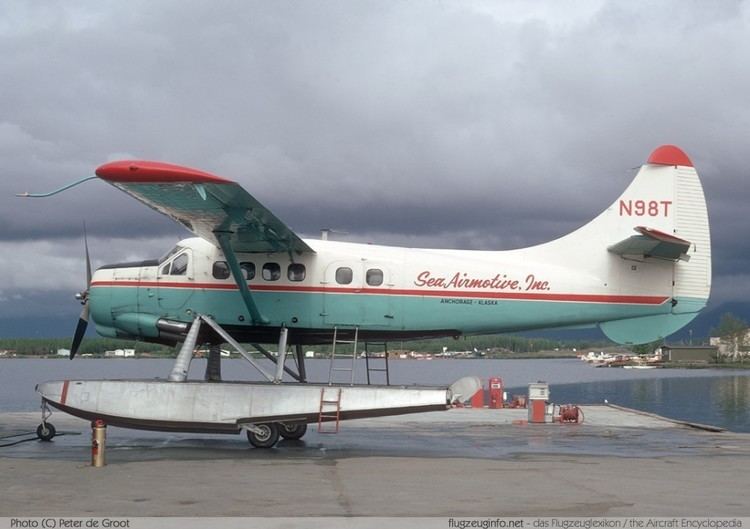
Design and development
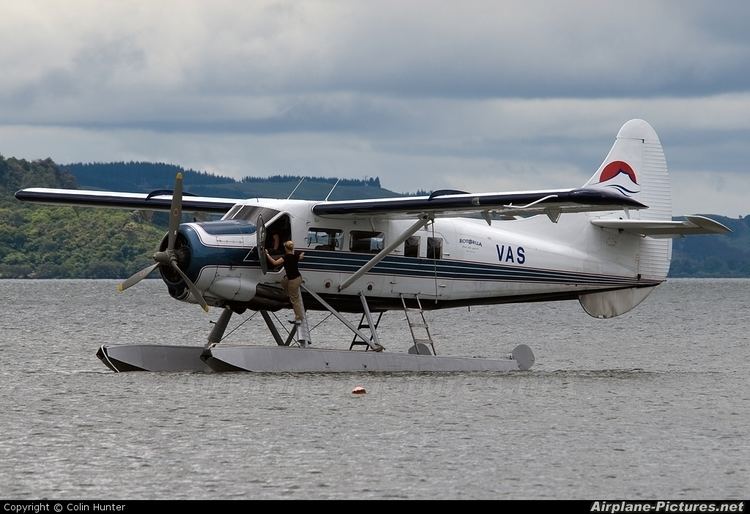
When de Havilland Canada began design work on the "King Beaver" (the Otter's original name) in January 1951, it was trying to extend the company's line of rugged STOL utility transports that had begun with the Beaver. The single-engined, high-wing, propeller-driven DHC-3 Otter was conceived to be capable of performing the same roles as the Beaver, but was considerably larger, the veritable "one-ton truck" (in company parlance, the Beaver was the "half-ton truck"). Using the same overall configuration as the earlier and highly successful DHC2 Beaver, the new design incorporates a longer fuselage, greater-span wings, a cruciform tail, and is much heavier. Seating in the main cabin is for 10 or 11, whereas the Beaver can seat six. Power is supplied by a 450-kW (600 hp) Pratt & Whitney R-1340 geared radial. The version used in the Otter was geared for lower propeller revolutions and consequently lower airspeed. The electrical system was 28 volts D.C. Like the Beaver, the Otter can be fitted with skis or floats. The Otter served as the basis for the very successful Twin Otter, which features two wing-mounted Pratt & Whitney Canada PT6 turboprops.
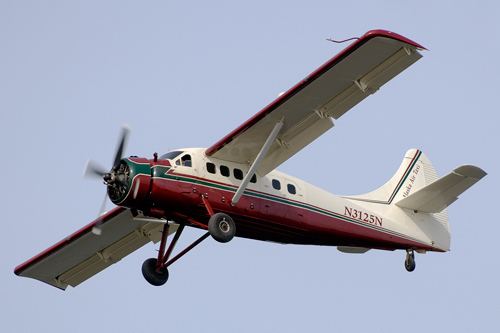
The Otter received Canadian certification in November 1952 and entered production shortly thereafter. A total of 466 were manufactured.
Operational use
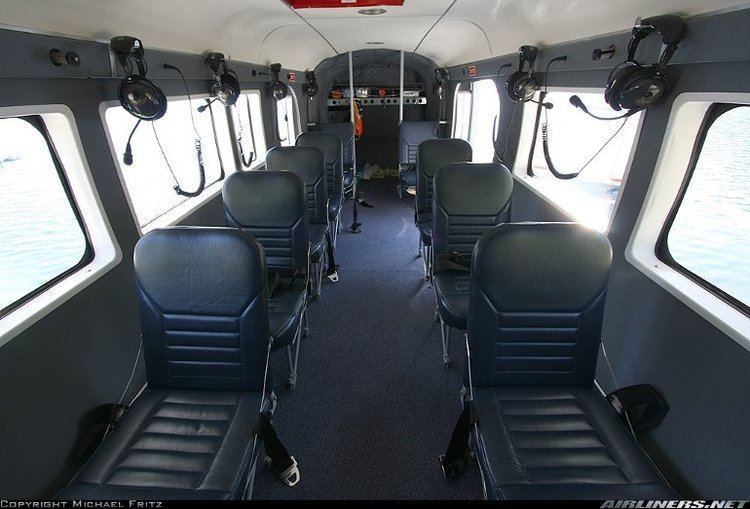
The DHC-3/CC-123/CSR-123 Otter was used until 1980 by the Royal Canadian Air Force and its successor, the Air Command of the Canadian Forces. It was used in Search and Rescue, as the "CSR" denotes Canadian Search (and) Rescue (type 123) and as a light utility transport, "CC" denoting Canadian Cargo. During the Suez Crisis, the Canadian government decided to provide assistance to the United Nations Emergency Force and the Royal Canadian Navy carrier HMCS Magnificent carried 4 Otters from Halifax to Port Said in Egypt early in 1957, with all four flying off unassisted while the ship was at anchor. This was the only occasion when RCAF fixed wing aircraft operated from a Canadian warship. It was also operated on EDO floats on water and skis for winter operations on snow. The EDO floats also had wheels for use on runways (amphibious). It was used as army support dropping supplies by parachute, and also non-parachute low-speed, low-altitude air drops, to support the Canadian Army on maneuvers. In the end it was operated by the Primary Air Reserve in Montreal, Toronto, Edmonton and Winnipeg, with approximately 10 aircraft at each base, as well as by the RSU (Regular (Forces) Support Units) at those bases. It was usually flown with a single pilot (Commissioned Officer) in the left seat and a Technical Air Crewman (NCO) in the right seat. The Kiowa helicopter replaced it in Air Reserve squadrons.
Although the Otter found ready acceptance in bush airlines, as in a similar scenario to the DHC-2 Beaver, the United States Army soon became the largest operator of the aircraft (184 delivered as the U-1A Otter). Other military users included Australia, Canada, and India, but the primary role of the aircraft as a rugged bush plane continues to this day.
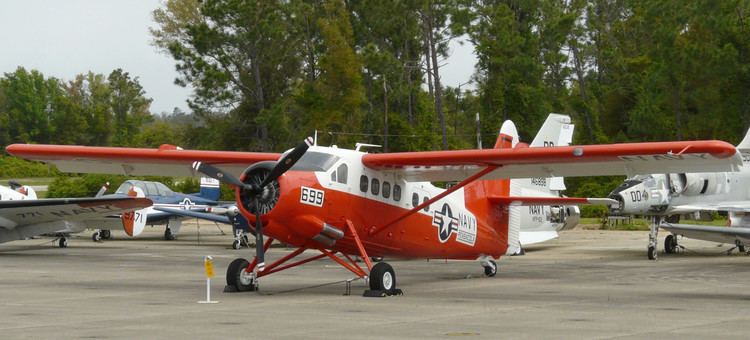
An Otter crossed the South Pole in 1957 (see Commonwealth Trans-Antarctic Expedition). The Otter is also popular in the skydiving community and can be found in many dropzones throughout the world.
Modifications
Stolairus Aviation of Kelowna, BC, has developed several modifications for the DHC-3 including a STOL Kit, which modifies the wing with a contoured leading edge and drooped wingtips for increased performance. Stolairus has also developed a 400 lb "upgross" kit which increases the gross weight of the DHC-3 to 8,367 lbs on floats.
Some aircraft were converted to turbine power using a PT6A, Walter 601 (manufactured in the Czech Republic), or Garrett/Honeywell TPE331-10, by Texas Turbine Conversions. The Walter M601E-11 Turbine Engine conversion is manufactured and installed by Stolairus Aviation.
A Polish Pezetel radial engine has also been fitted. Re-engined aircraft have been offered since the 1980s by Airtech Canada as the DHC-3/1000 using current-production 1,000 hp (745 kW) PZL ASz-62 IR radials.
Variants
Military operators
Civil operators
http://www.vancouverislandair.com * Vancouver Island Air
Accidents
Specifications (Landplane)
Data from Jane's Civil and Military Aircraft Upgrades 1994–95
General characteristics
Performance
